Understanding what your guests value when travelling is essential to successful upselling. But how can you ensure the right offer reaches the right person at the right time? Getting to know your guests and segmenting them is the key. In this article, you’ll learn how to segment your hotel guests to personalise the stay experience and optimise upselling revenue
Guest segmentation & Upselling
The guest segments most hotels use to plan and evaluate their distribution look largely at business type and booking source. This isn’t enough for upselling since these segments don’t take guest preferences into account.
Including your travellers’ desires and expectations makes it possible to adapt your services where needed. A powerful upselling platform can help you segment guests properly by applying custom labels. This allows you to offer a personalised selection of appropriate upsells to people who tick certain pre-set boxes. This step is essential if you want to provide guests with deals they can’t wait to book. As a result, your guests will enjoy a more well-rounded stay, and you’ll see boosted incremental revenue.
Successful Guest Segmentation in Three Steps
Instead of overwhelming guests by sending all your deals to everyone, it’s important to figure out which offers are best for which guests. Follow the three steps below to segment your guests and ensure they receive the optimal deals at the perfect time.
1. Build Your Foundation: Avoid Errors and Confusion
The first step to segmenting your guests is to eliminate all chances of error during your upselling process. That includes never contacting people you shouldn’t be reaching out to and not sending redundant offers (e.g. pitching a late check-out to guests whose rate consists of that already). This may confuse or even distract people from your other offers.
Exclude certain guest segments from specific offers to avoid these problems:
- Rates including airport transfer: exclude a segment from the airport pick-up deal
- Special guests: exclude guests who book via a third party (e.g. government employees) from your upselling-related communication (e.g. email, WhatsApp, etc.)
Your to-do list:
- Examine which deals or messages are not suitable for certain segments or rate codes
- Set your offers or messaging in the upselling platform to exclude them
- Test your setup
That will ensure there’s no confusion and your guests always get the offers they’re most likely to book.
When you’re done with this first step, you can move on to the next level…
2. Define and Address Your Key Guest Segments
That means getting to know each segment’s wants and interests more deeply. Start by looking at business vs leisure guests and OTA vs direct bookers. Then think about whether you want to offer special deals to a specific category (e.g. your loyalty programme members or repeat guests). Once you know there won’t be any mistakes, define your key guest categories as well as the offers you want to pitch to them and exclude them from.
Here are some examples:
- Segment-specific offers: takeaway breakfast for business travellers and family-friendly activities for guests with children.
- Booking channel-specific rates: offer airport pick-up or a breakfast add-on to everyone but charge a lower price for direct bookers (this works if you set up two identical deals with different prices).
- Special offers for a specific category: e.g. preference for restaurant bookings for loyalty members.
It’s best if your messaging is also adapted to your various guest segments. Set up several email templates for each one to create a customised upselling experience from the start. For example, you may have one generic template, one for direct bookers and one for travellers coming through OTAs.
Your to-do list:
- Identify your key guest segments
- Put together email templates for customised deals for these categories
- Decide which offers work for several guest segments
- Add your new content to your upselling platform
- Exclude segment-specific offers for other segments
- Test your setup
But watch out: don’t exclude too many segments from your deals. This could mean too few people see your deals, resulting in lower conversion rates. Instead, customise your upsells and your messages to your segments.
3. Personalise Your Messages and Deal Descriptions Like a Pro
Suppose the integration between your PMS and your upselling programme allows your upselling tool to pull rate codes and travellers’ details. In that case, you can now progress to the pro level of guest segmentation. This allows you to get more granular with other guest characteristics like age groups, party size (e.g. solo, couple, family, group of friends…) or reason for travel (e.g. honeymooners, weekend city trip…)
Here’s an example of this in action:
When a guest books a weekend getaway for two, you can propose a romantic package. Boost your conversion rate by setting up two versions of this offer for a younger and an older target audience. Both deals include the same services. However, the description and photo are adjusted for the two age groups.
Of course, you can’t do this for every upsell. But if you find a few where you can try this technique, you’ll already see results.
Your to-do list:
- Determine deals you can further customise
- Create custom descriptions and images for these segments
- Add your new content to your upselling platform
- Test your setup
Free Webinar: Hotel Upselling – Introduction to Hyper-personalisation
Seems like a lot of work? Remember that you don’t need to implement the most advanced setup from the first moment. Start by making sure there are no mistakes or confusion. Then gradually go deeper, analyse your performance and fine-tune your offers and segmentation.
It’ll take time, but the improved guest experience and increased ancillary revenue you’ll see as a result will be worth the effort.
Curious to learn even more about how you can hyper-personalised your guests’ stay? Then check out this free webinar to learn how to use an omnichannel promotion approach and why guests are happy to share their personal information with hotels.
Guest segmentation is an elaborate process, so it’s best to do it in several steps. This work will bring you valuable rewards. Optimised guest segmentation will lead to higher levels of guest satisfaction and boost your incremental revenue.
More Tips to Grow Your Business
Revfine.com is the leading knowledge platform for the hospitality and travel industry. Professionals use our insights, strategies, and actionable tips to get inspired, optimize revenue, innovate processes, and improve customer experience.Explore expert advice on management, marketing, revenue management, operations, software, and technology in our dedicated Hotel, Hospitality, and Travel & Tourism categories.

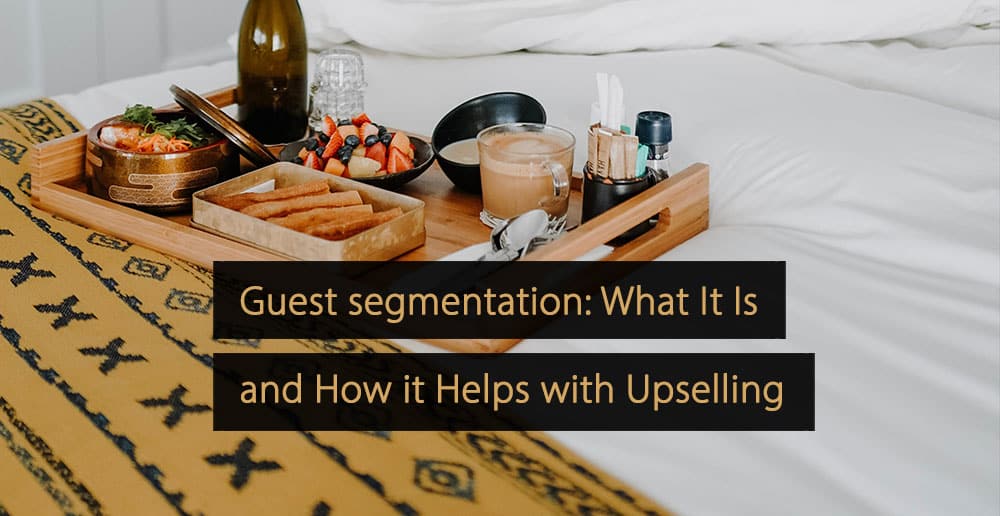
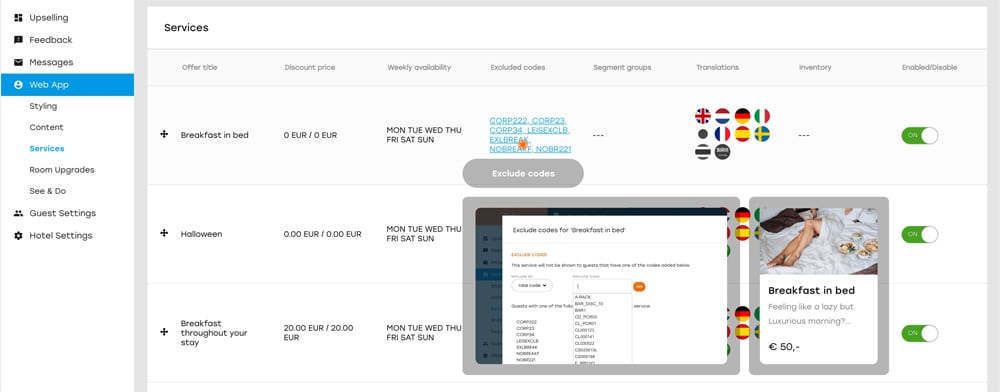
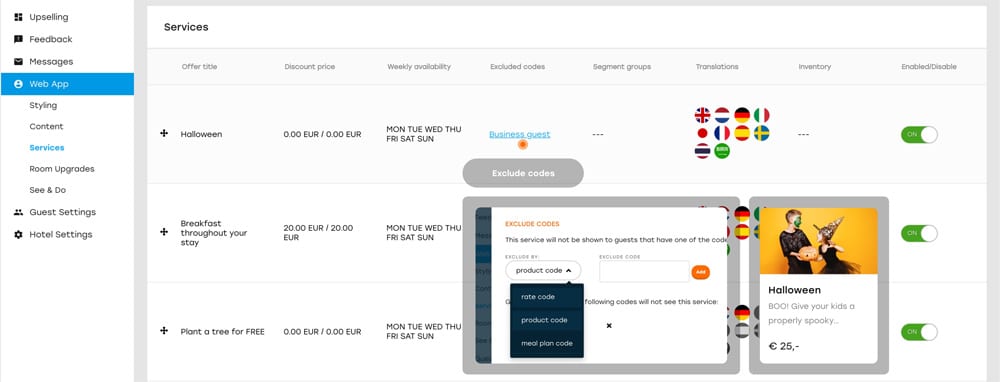
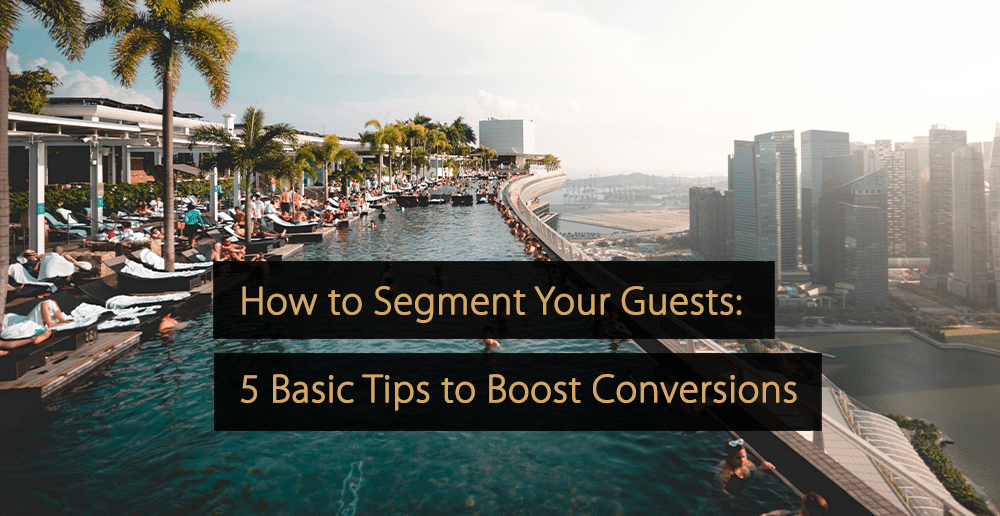

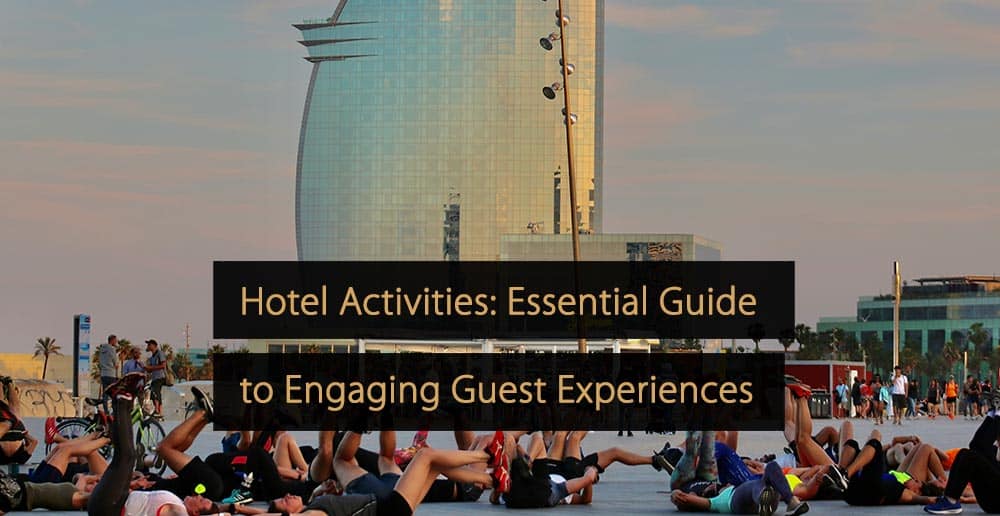
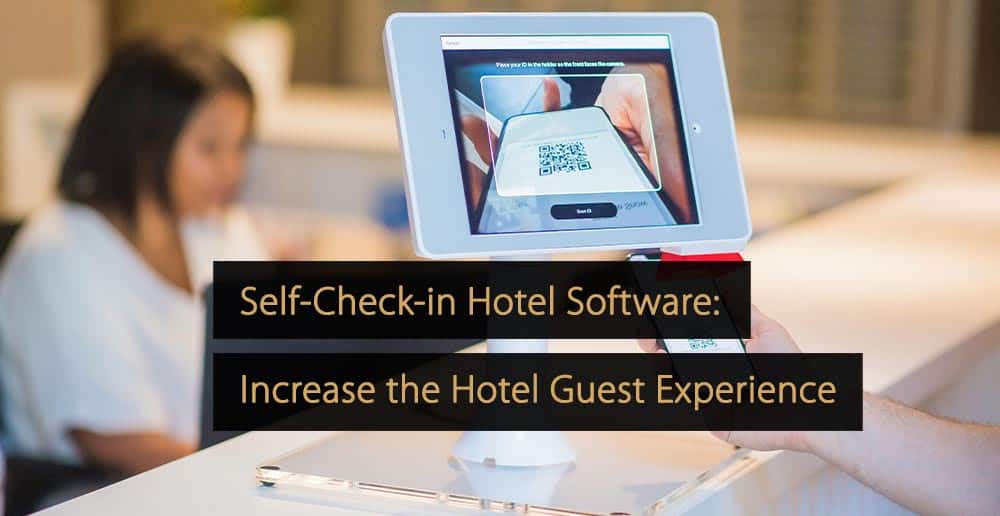
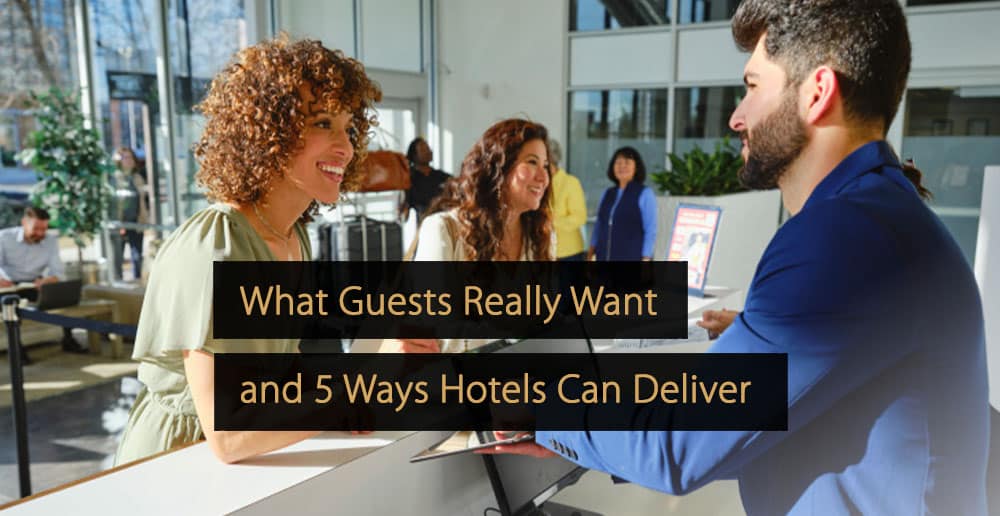

Leave A Comment